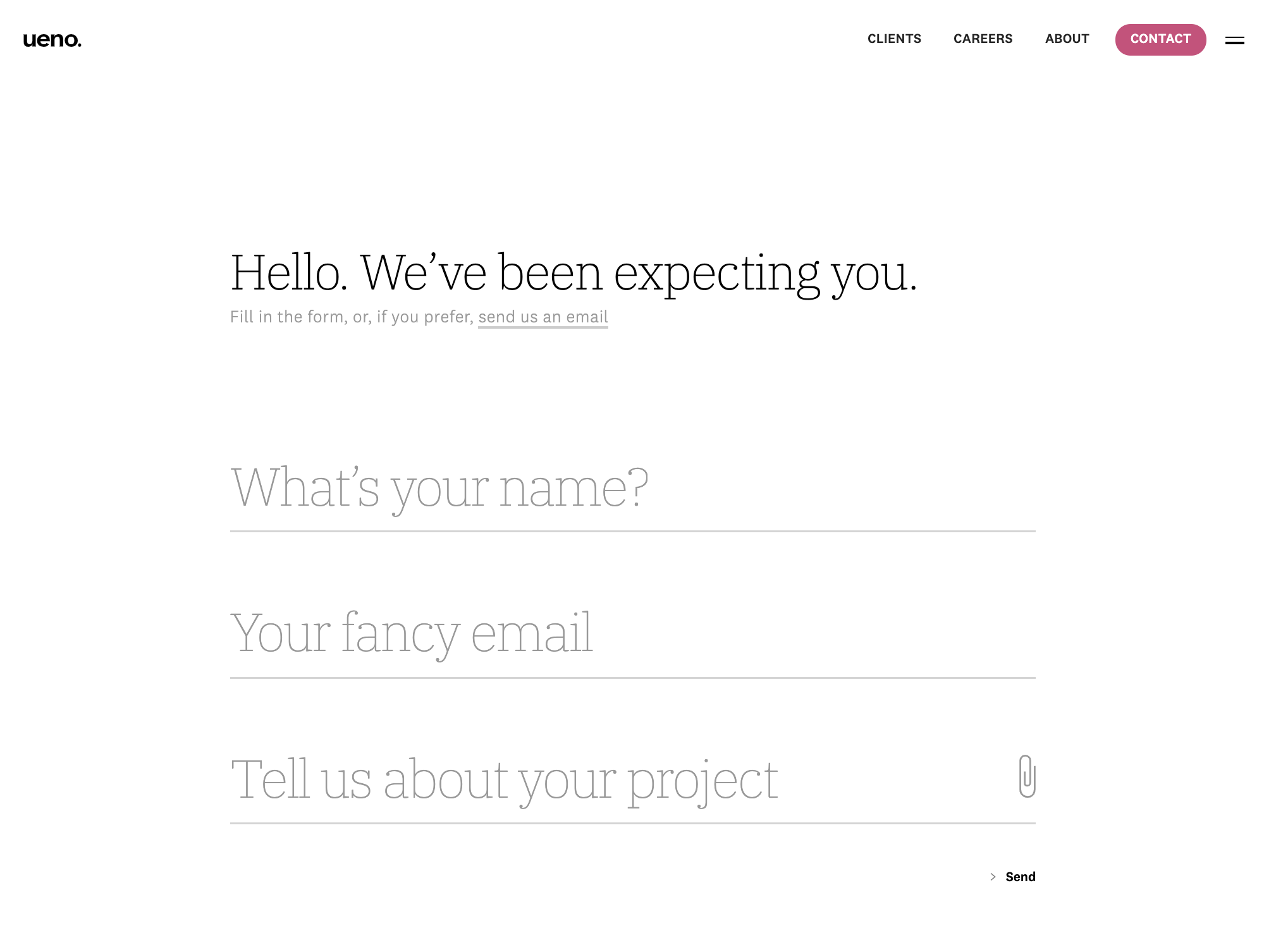So we all know how much users dislike completing forms... even when it's to get to something they see value in. We're told that, in a general sense, the shorter the form, the better the chance of getting submissions. Name, email/phone, and the message seems to be a common go-to for forms where all you want to do is get some contact info so your sales guy can call and work his magic from there.
I'm building a landing page for a catering company. It will be used for a holiday party focused PPC ad campaign. Their objective is pretty much what I described above... they're looking for any and all leads for people looking to have a party catered to let their sales team loose on.
Even though just collecting a name and phone number will meet this objective, I feel that it seems a little bland and doesn't communicate any sense of competence on the part of the catering company. Or that if I fill out this form, I get no sense that the person who contacts me won't just treat me like one more face in the crowd. I feel like including some additional, optional questions to further qualify the potential lead gives the user a better sense that the person who contacts him or her knows something about them and their situation. These additional questions might include the timeframe for the party, number of guests, venue type. Despite being optional, including these definitely lengthens the form and becomes a barrier, but I submit that anyone throwing a party most likely knows the answers to those additional questions off the top of their head and would not be phased. I'm inclined to go so far as to say that "asking the right questions" creates a better perception of the catering company than the one using the more generic name/phone/email/message form and that this perception may be the factor that determines whether or not they fill out the form at all.
Does anyone agree with me or am I better off sticking to asking for the bare minimum if the core objective is a sheer number of submissions?

